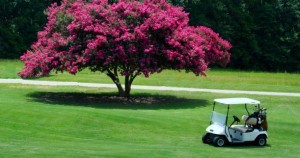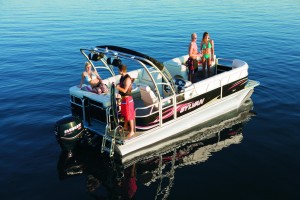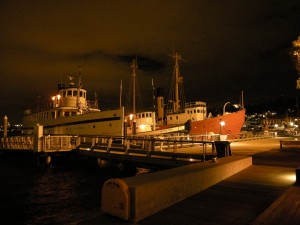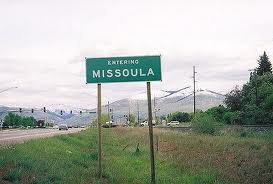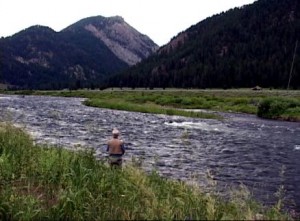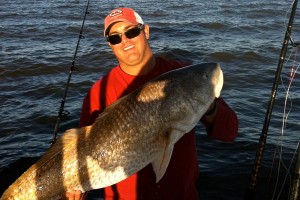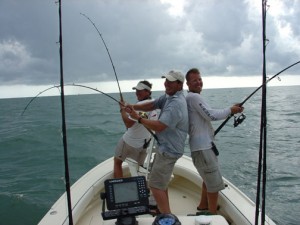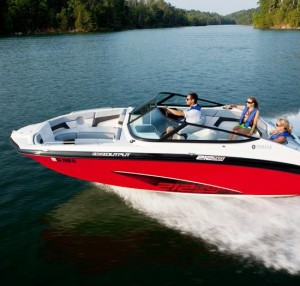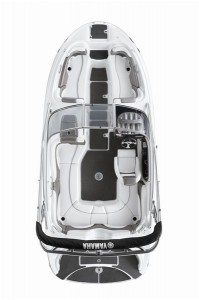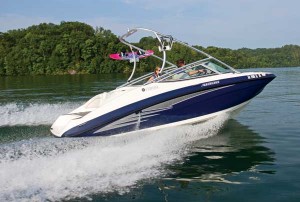Teaching Proper Maintenance
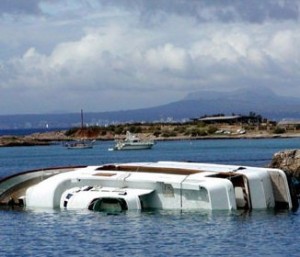 Yesterday, I wrote about teaching my kids pride in ownership. I’ve been reflecting on that topic a bit since then. I’ve tried evaluating how well I’ve instilled those values in my children. Have I driven home the point?
Yesterday, I wrote about teaching my kids pride in ownership. I’ve been reflecting on that topic a bit since then. I’ve tried evaluating how well I’ve instilled those values in my children. Have I driven home the point?
I hope so. Just in case, I think I’ll add boat maintenance to the list of chores they’re responsible for. After all, if they’re more than willing to take the boat out for a spin, then they should be willing to help with its upkeep. Teaching them how to replace XD1 Evinrude ETec outboard motor oil is sure to be a skill they can use throughout their lives.


